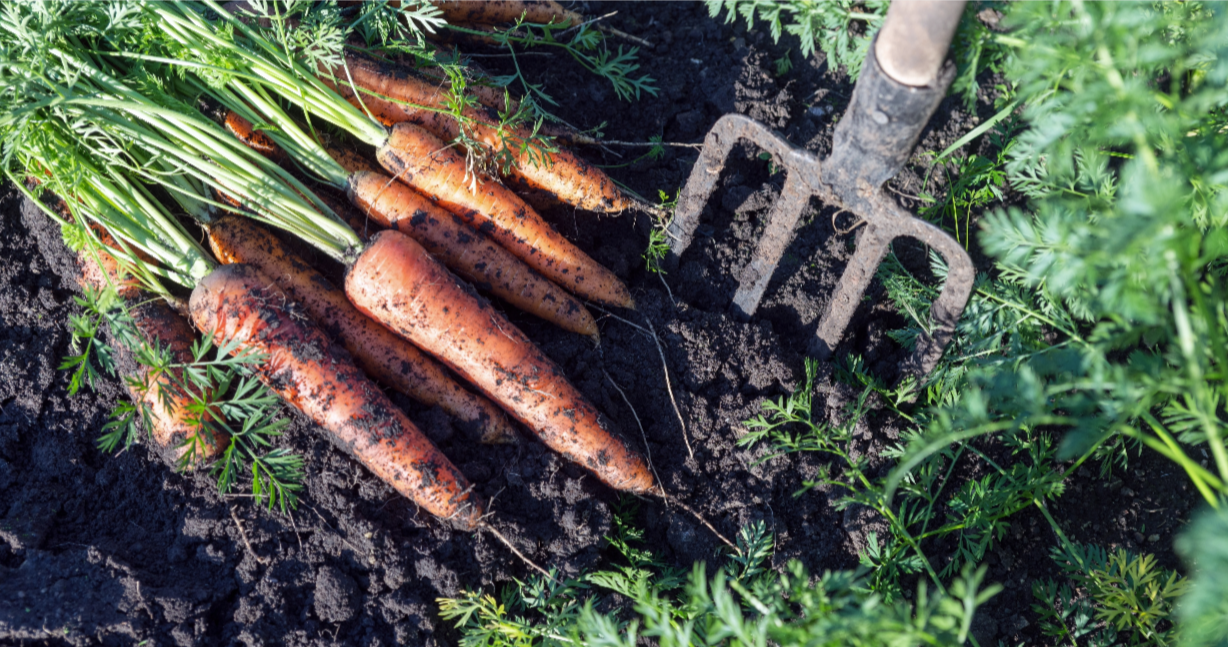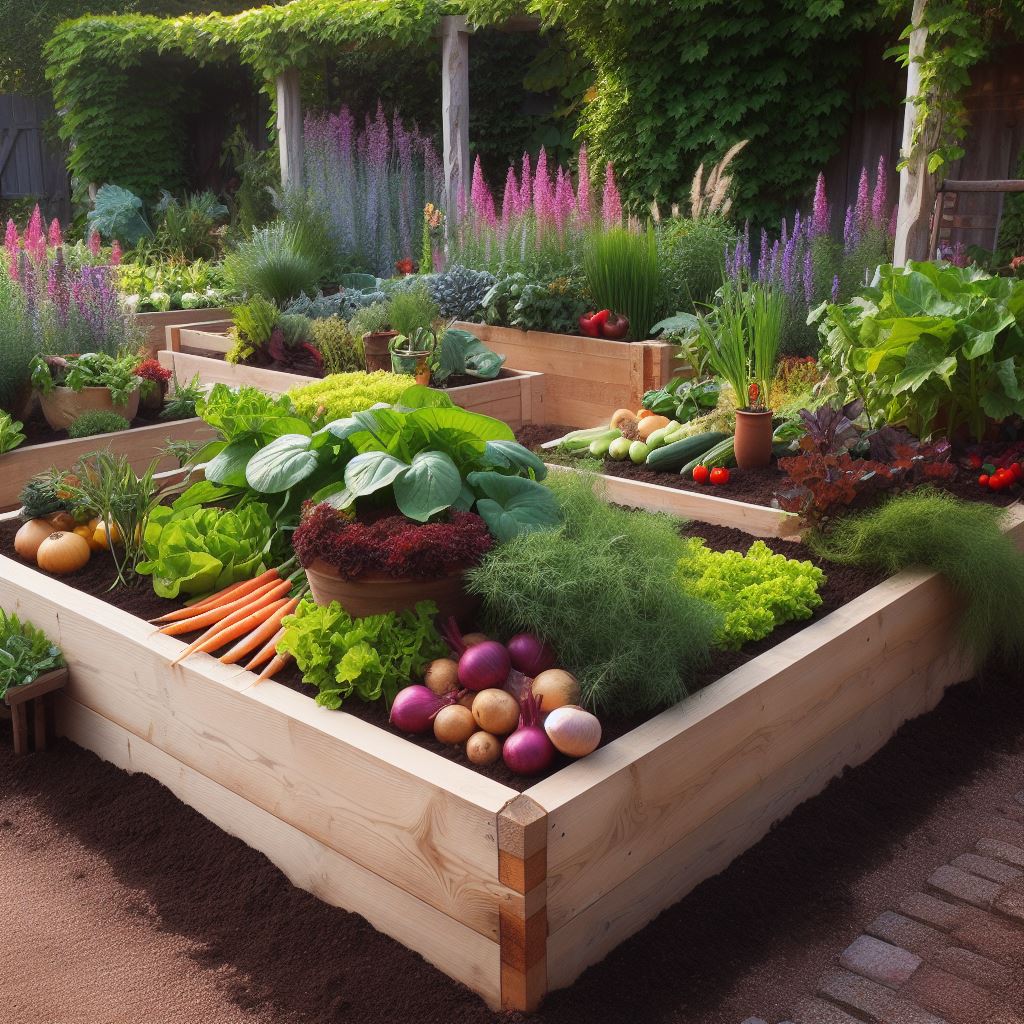

Articles and news
BIG news and articles
CATEGORIES
TAGS

Making a Raised Bed
Creating a vegetable bed, also known as a raised garden bed, is a great way to grow your own vegetables. Here's a step-by-step guide on how to make one:
Materials and Tools You'll Need:
-
Location: Choose a suitable location for your vegetable bed. Ensure it receives at least 6-8 hours of sunlight per day and has good drainage.
-
Wooden Boards or Blocks: You can use untreated lumber, concrete blocks, or even composite boards to construct the frame for your vegetable bed. The size of the bed depends on your available space, but 4x8 feet is a common size.
-
Soil: High-quality, well-draining soil is essential for healthy vegetable growth. You can purchase a soil mix or create your own by mixing garden soil with compost.
-
Compost: Compost enriches the soil with nutrients. You can make your own compost or purchase it from a garden supply store.
-
Shovel, Rake, and Wheelbarrow: These tools will help you dig and level the ground, as well as transport soil and compost.
-
Weed Barrier: You can use newspaper, cardboard, or landscape fabric to prevent weeds from growing up into the bed.
Steps to Create a Vegetable Bed:
-
Choose the Right Location:
- Select a location with good sunlight and easy access to water.
- Ensure it's relatively level.
-
Prepare the Ground:
- Remove any existing grass, weeds, or debris from the area.
- Dig or till the soil in the designated space to loosen it.
-
Build the Frame:
- Assemble your chosen materials to create the frame of the vegetable bed.
- Ensure the bed is at least 6-8 inches deep. This depth allows for good root growth.
-
Lay a Weed Barrier:
- Place a layer of newspaper, cardboard, or landscape fabric on the ground inside the frame to prevent weeds from growing up into the bed.
-
Fill with Soil and Compost:
- Fill the bed with a mixture of soil and compost. You want the soil to be loose and well-draining.
- You can mix the compost and soil in a wheelbarrow before filling the bed.
-
Level and Compact:
- Use a rake to level the surface of the soil in the bed.
- Gently compact the soil to remove any air pockets.
-
Plant Your Vegetables:
- Follow the planting instructions for your specific vegetables, considering factors like spacing and depth.
-
Mulch:
- Apply a layer of mulch, such as straw or wood chips, to help retain moisture and suppress weeds.
-
Water and Maintain:
- Water your vegetable bed regularly, keeping the soil consistently moist.
- Fertilize as needed based on the specific requirements of your vegetables.
- Keep an eye out for pests and diseases, and take appropriate measures to address them.
By following these steps, you can create a productive and healthy vegetable bed to enjoy homegrown produce. Remember to choose vegetables that are suitable for your climate and growing season.
